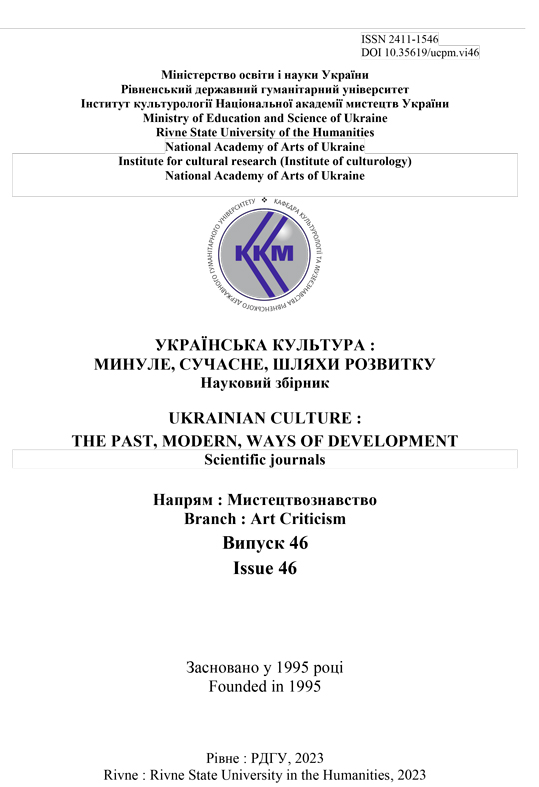«CLASSICAL CROSSOVER» AS A MASS-CULTURE PHENOMENON OF THE «THIRD RANGE»
DOI:
https://doi.org/10.35619/ucpmk.vi42.567Keywords:
postmodernism, classical crossover, pop music, mass culture, performance culture, Vanessa Mae's creativity.Abstract
The purpose of the article is to determine the unique genre specifics and characteristic features of the crossover
musical style.
Research methodology. Materials of research literature are studied by logical, historical, chronological, problemchronological,
and musical analysis method.
Results. The philosophy of crossover music style is quite close to the classical concept. The crossover is not as
open to crossing genres as one might think. The crossover phenomenon has its roots in the period of the development of
sound recording. Crossover is the transformation of opera into glamour, it is a fusion of the emotional gamut of feelings
of classical music with the marketing and sound world of pop music. The obvious and expected result of this merger is
the largest possible audience and career growth of performers, producers and directors. As an example, we can cite the
creative work of Andre Rieux, Michael Ball, Alfie Beau, Ludovico Einaudi, Catherine Jenkins. The greats Enrico
Caruso and Nelly Melba performed excerpts from operas, folk songs and popular melodies.
Without the synthesis of musical genres, Mozart’s operas would not have been created. Without the strict polyphony of the Renaissance, baroque counterpoint and romantic elevation, Beethoven would not have written «Missa solemnis». H. Mahler's eighth symphony could not be born without fusion of oratorio with vocal cycle, symphony and opera. The specificity of modern music in today's realities is that it crosses genres less often than classical music.
Crossover is a genre in its own right, a performance product that ironically doesn't intersect with any genre but itself. The classic crossover remains relevant today and is in the development stage. The practical significance. The research materials can be used in lectures and seminars on the history of modern foreign musical culture in secondary and higher educational institutions.




